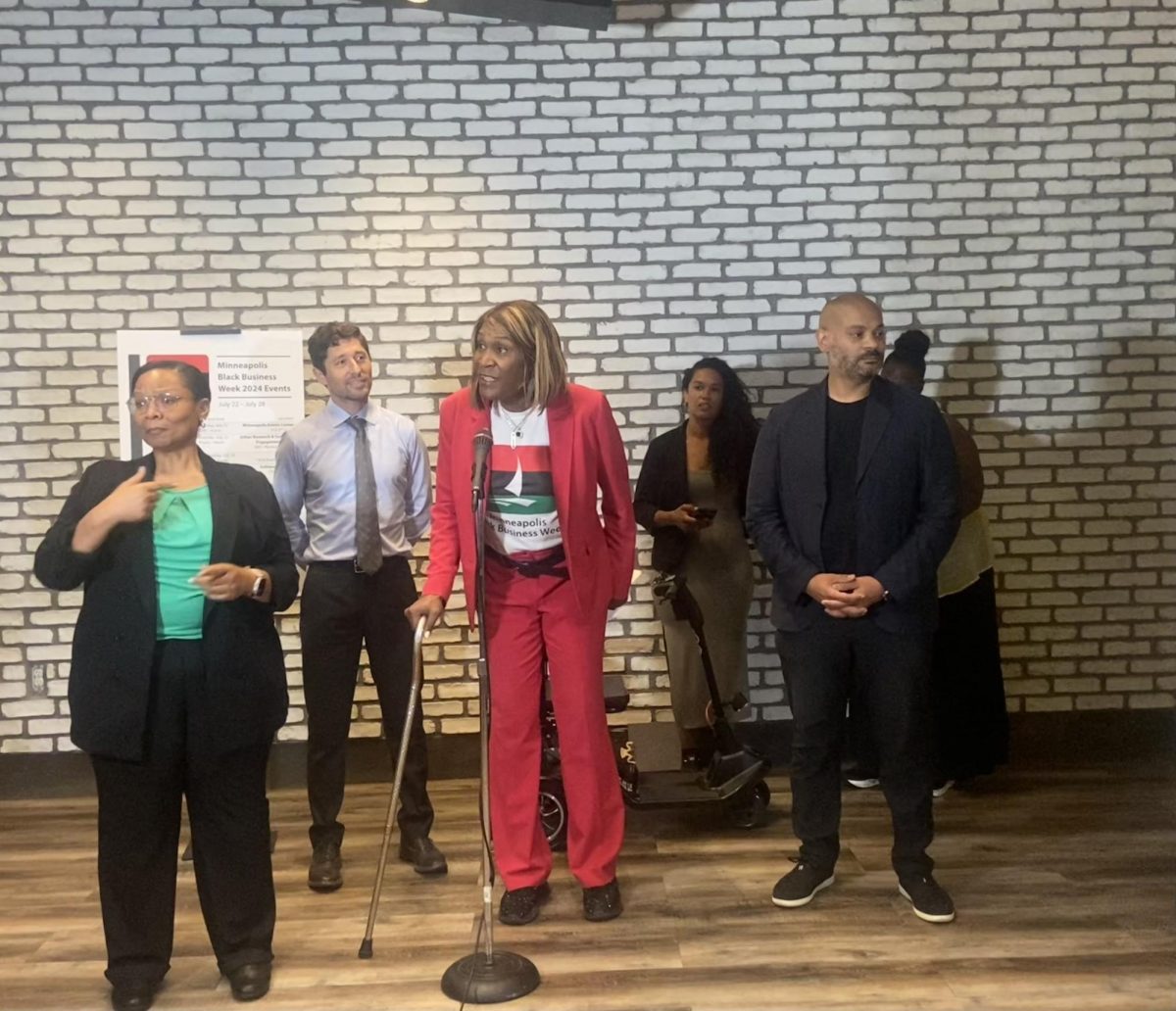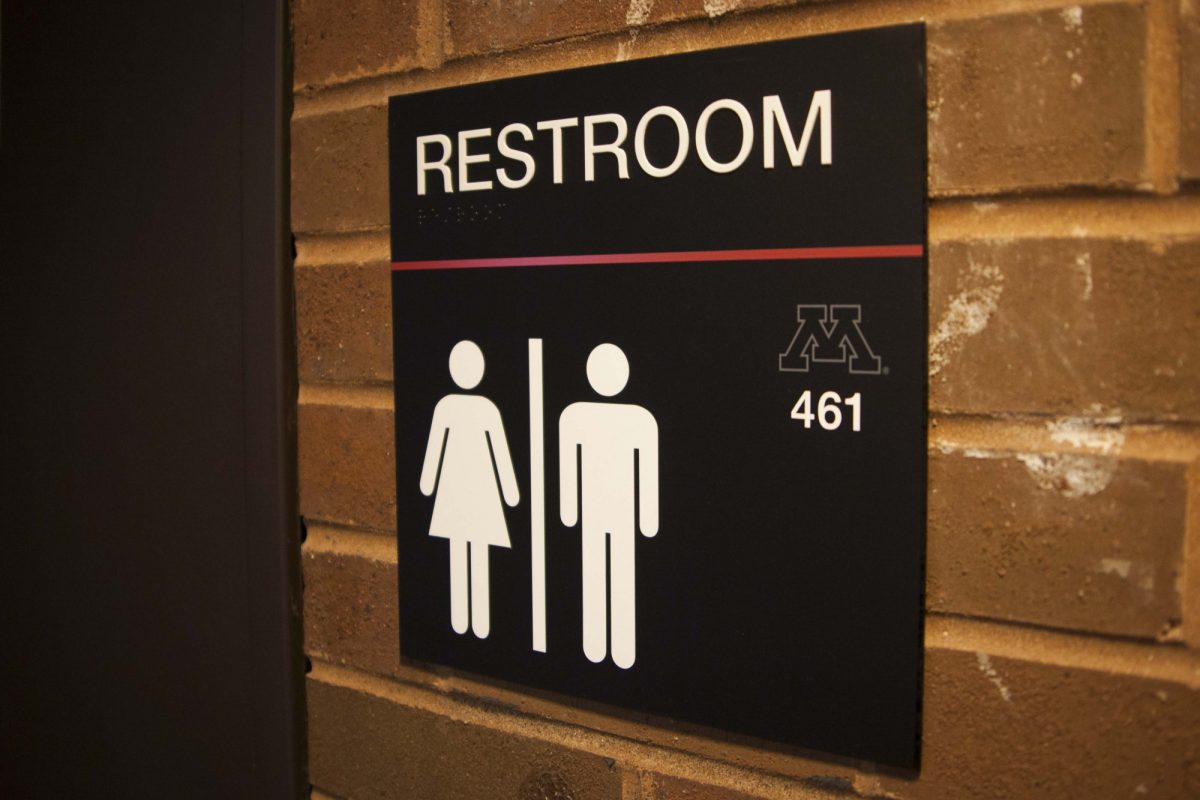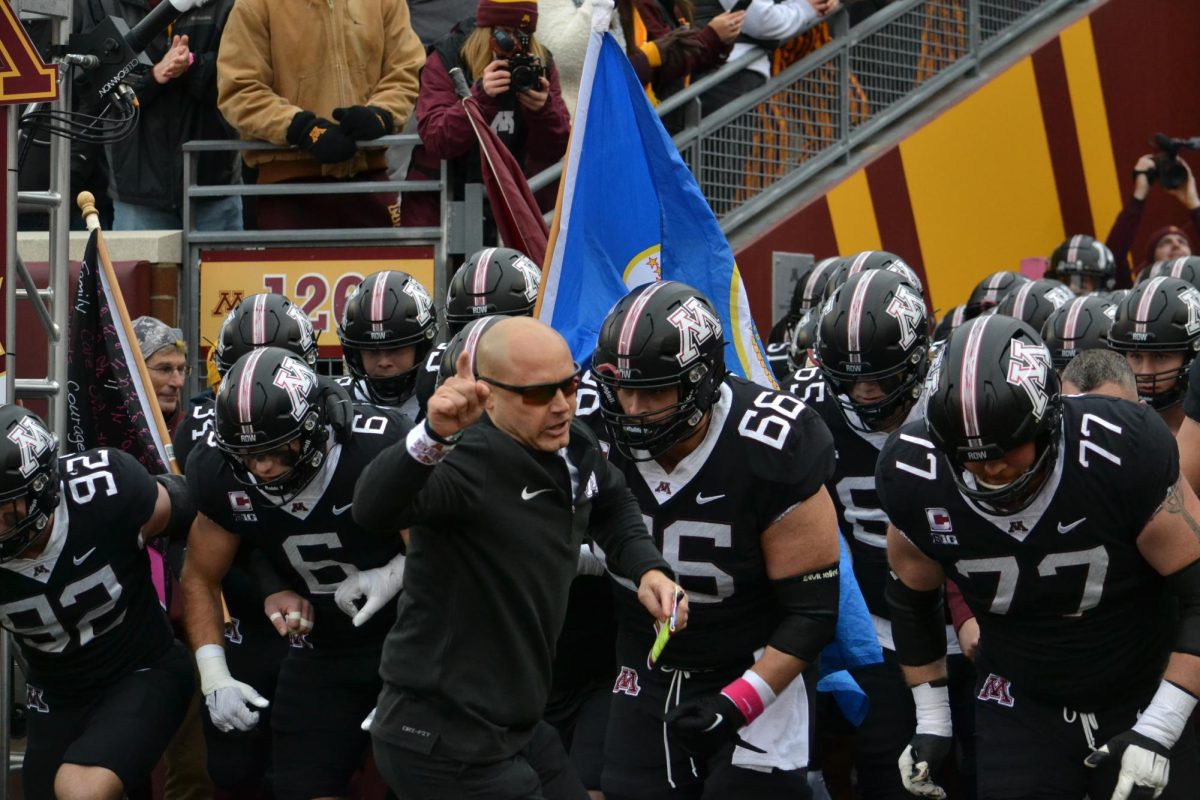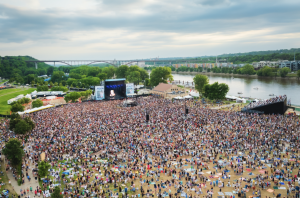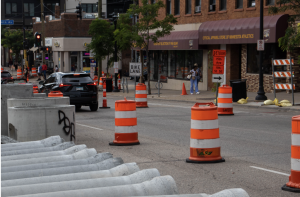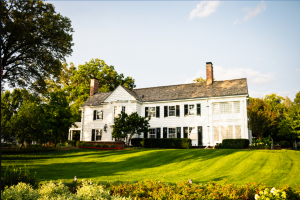CHARKHI DADRI, India (AP) — A Saudi jumbo jet climbing from New Delhi’s airport collided with a Kazak plane coming in for landing Tuesday, creating twin fireballs that turned the sky red as dawn and scattered the bodies of up to 351 people over farmland below.
If the death toll is confirmed, the crash would be the third-deadliest in aviation history.
Wreckage dropping from the sky gouged big craters and left body parts, baggage and clothes strewn across six miles of wheat and mustard fields near the town of Charkhi Dadri, about 60 miles west of New Delhi. The first people to arrive at the scene said the dusk air was filled with an unbearable stench of burning flesh.
“I saw 60 or 70 bodies, but only about 15 were identifiable,” said Manjit Singh, a 19-year-old college student who sped to the site on his motorcycle after seeing the collision from his home. The faces of the rest of the victims were horribly disfigured and charred, he said.
Rescue vehicles tried to navigate the area’s poor roads, arriving at the crash site after the first curious villagers. Within a few hours, thousands of people gathered in the dark and solemnly watched the search.
“We have collected 200 bodies so far from all over the field,” said Mohammed Akhil, the police officer in charge of the operations.
The Saudi Arabia-bound Saudia jetliner with 312 passengers and crew members had been in the air for only seven minutes when it collided with a Kazakstan Airlines Ilyushin-76 cargo plane, which was on a landing approach, aviation officials said.
Seventeen foreigners were on board the Saudi jetliner, including two Americans and a Briton, Press Trust of India news agency reported.
The plane arriving from Shymkent in the former Soviet republic of Kazakstan was carrying 39 people, 28 Kazak passengers and an 11-member Russian crew.
All aboard the two planes were believed killed. There were no reports that anyone on the ground died.
Hours after the crash, the crumpled fuselage of the Kazak plane rested in a field. The jet’s wings had been sliced off. A few charred bodies lay on the ground.
Local district administrator T.V.S.L. Prasad said workers were trying to extricate bodies from the plane.
The American pilot of a C-141 Air Force transport plane who was bringing in supplies for the U.S. Embassy in New Delhi witnessed the crash’s fiery aftermath from 20,000 feet.
“We noticed out of our right-hand (side of the plane) a large cloud lit up with an orange glow, from within the clouds,” the 30-year-old captain told reporters in a conference call from the Indian capital.
“The glow intensity of the cloud became dimmer and the two fireballs descended and became fireballs on the ground,” said the pilot, who spoke on condition of anonymity.
The total number of passengers and crew members was reported by the local news agency, which quoted civil aviation authorities, and was confirmed for The Associated Press by an airport police official.
The U.S. Embassy could not confirm that two Americans were on board; the British Foreign office said one of its citizens was believed killed.
Nine Nepalese, three Pakistanis, a Bangladeshi and a Saudi were also on the Saudi plane, which had taken off from New Delhi’s Indira Gandhi International Airport.
The Indian government announced a judicial inquiry into the cause of the accident.
The weather in New Delhi was normal for this time of year. The skies were clear, albeit polluted.
At about 6:40 p.m. local time, as the sun was setting, the Saudi plane was cleared to climb to 14,000 feet, while the Kazak aircraft was authorized to descend to 15,000 feet, said H.S. Khola, the director general of civil aviation. Suddenly, he said at a new conference, “the radar blip of both aircraft was lost.”
Tuesday’s crash appears to be the third-deadliest air accident ever.
In 1977, two Boeing 747s operated by Pan American and KLM collided at the airport on Tenerife in Spain’s Canary Islands, killing 582 people. In 1985, a Japan Air Lines Boeing 747 crashed into a mountain on a domestic flight, killing 520.
351 killed in airplane collision outside New Delhi
Published November 13, 1996


